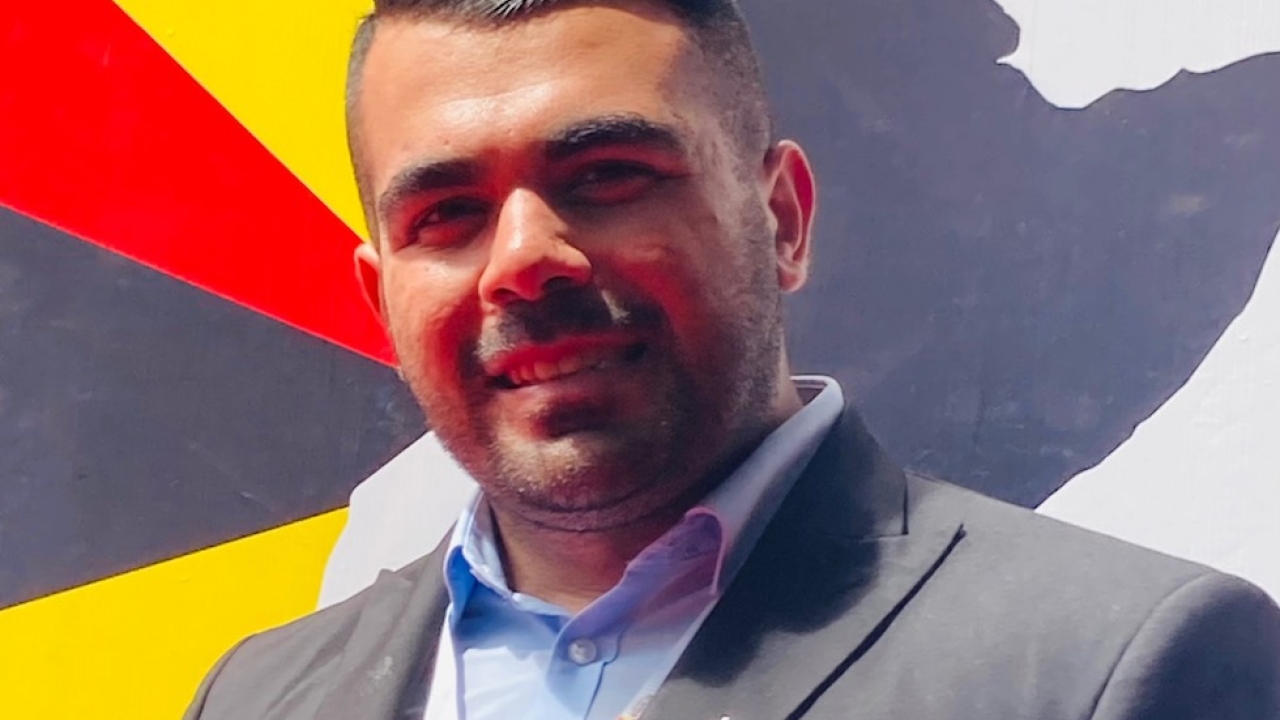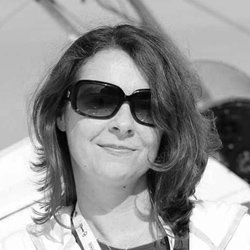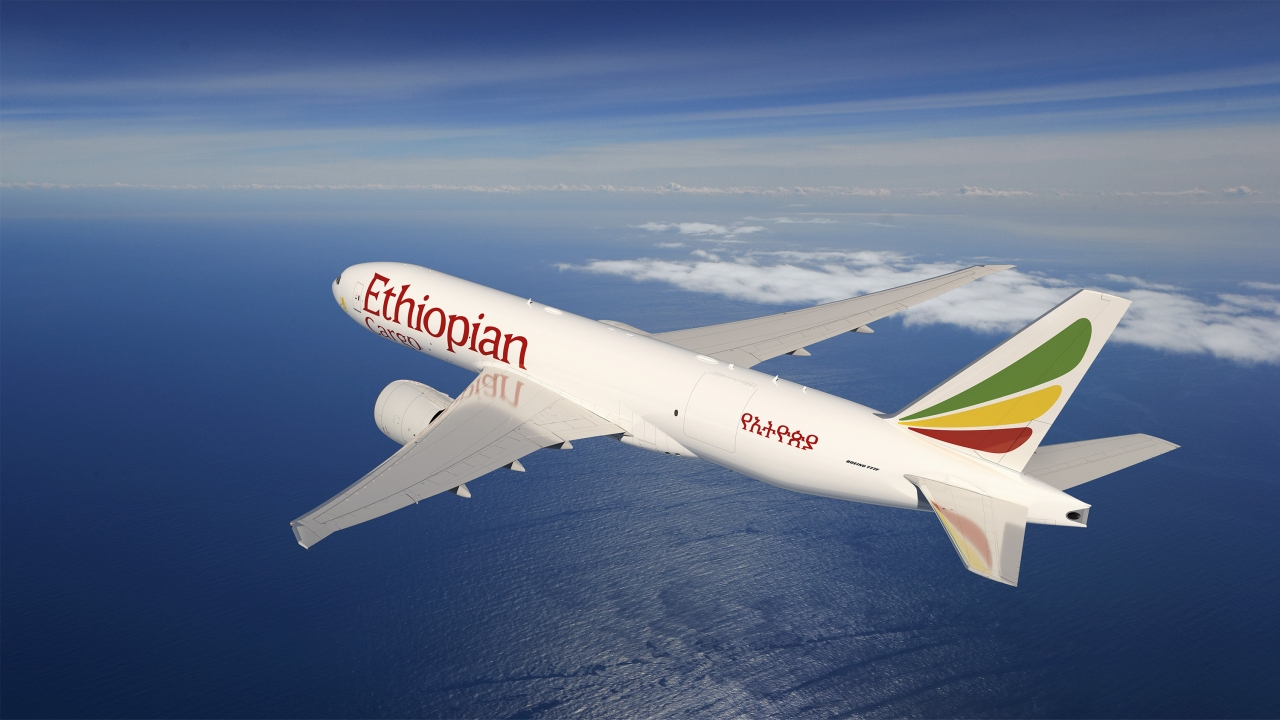What we need is purchase power...
While Africa is one of the biggest markets for Embraer’s commercial arm, it still has challenges in the region with access to financing being a big problem.

Akie Chhabra: "We need banks, exporting agencies, and credit agencies to be a little bit more used to the fact that they need to finance new aircraft in Africa." Image: Marcelle Nethersole
Embraer has more than 285 aircraft with over 75 operators across Africa, making it one of its biggest markets.
“We have managed this as we have all aircraft types in Africa, all the way up from the Embraer EMB 120, which was our traditional twin-turboprop 30-passenger commuter airliner, up to the Embraer ERJ family, including the 135, 140 and 145, and the E1 and E2 family which are the most popular aircraft family in Africa as it's available more readily through lessors.
“There's an aftermarket for it from a lot of the E1s that essentially have been passed from North Africa and European operators,” said Akie Chhabra, Sub Saharan Africa and Southern Africa sales director for Embraer commercial aviation.
Nigerian carrier Air Peace currently operates the E2, where last year it commenced two non-stop weekly flights from Lagos to Johannesburg, lasting six hours.
However, Chhabra, explained that Embraer still encounters hurdles in Africa which he said is mainly due to lack of access to financing.
“As an OEM, we are finding access to financing a problem in the region, in respect to the fact that if you're looking to buy aircraft, or, lease aircraft, it can be quite heavy on your balance sheet.
“So, to preserve financial sustainability, a lot of the operators don't typically go immediately into the buying solution because you need access to funds for that.
“We need to open up source markets for them to be able to get these funds and for them to be able to actually invest in the acquisition of new aircraft as well as used aircraft.
“We need banks, exporting agencies, and credit agencies to be a little bit more used to the fact that they need to finance new aircraft in Africa. And if we can find more and more financing partners, then I feel like we could bridge that gap that currently exists in some of the financing aspects.”
Chhabra said the second barrier to entry is the need to work with governments for certifications.
“The E2 is type-certified in certain countries where it can operate within Africa,” he explained. “But if we are looking to bring in the E2 aircraft to other countries we have to sit down with their governments, and their civil aviation authorities to type rate the aircraft, and that process can take anything between three months, six months or 12 all the way up to two years. So, that might delay the entry of an E2 aircraft into the continent.”
Chhabra added that aviation events, such as AFBAA and Aviation Africa are “great stepping-stones” to helping bridge that gap.
“Such events are a great incubator and good ecosystem to bring everyone together,” he said.
“We need to have these conversations and align customers with the banks in the lessons of these kinds of events, because it's very easy to facilitate an introduction between the two and get the conversation going.
“In fact, at Aviation African in Abuja last year, we actually did manage to close two transactions. Those were with Overland and with Air Peace for the E175. E1 aircraft variants, which is an aircraft that we still produce very actively for the North American markets.
“But we're also trying to grow the presence of the E175 in the African market now, because it's a really comfortable aircraft for this region market, and it replaces your traditional turboprops like the ATR72,” Chhabra concluded.
Stay up to date
Subscribe to the free Times Aerospace newsletter and receive the latest content every week. We'll never share your email address.


